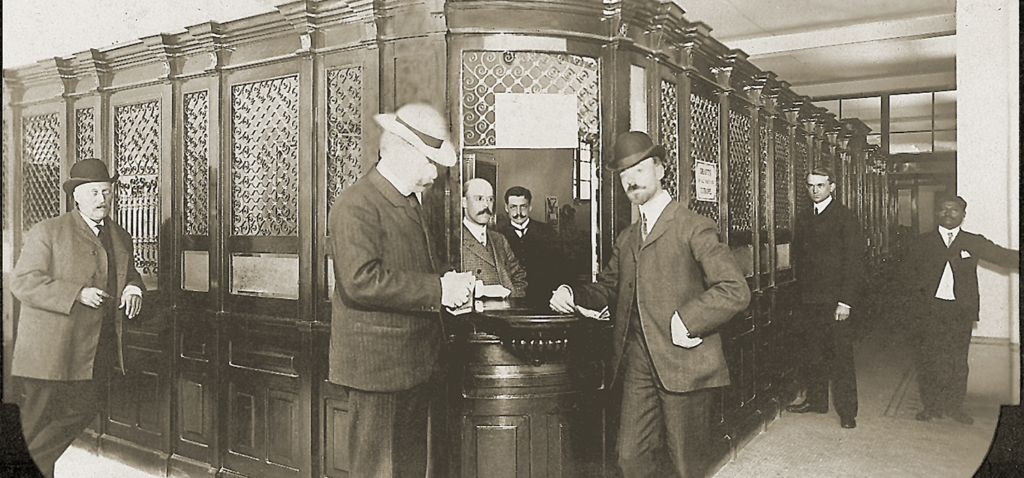Monetize This!

Since the founding of the first U.S. bank, customers have expected to do their banking in the most modern way possible.
By Ryan Harbry
Imagine the following conversation:
Customer service representative: “So, is this the right account for you?”
New customer: “Yes, sounds great.”
Customer service representative: “Excellent. In which case, I suggest signing up for our top-tier, state-of-the-art mobile and online banking technology, which costs just $7.00 per month. You can check your balances anywhere you go, move money, manage your payments, and much more.”
New customer: “Absolutely! Sign me up!”
Clearly, this scenario would be saluted by banking CFOs from sea to shining sea, but it is purely fictional. A fantasy that’s every bit as real as the wizardry emanating from Hogwarts. The cold hard truth is that mobile and online banking technology are un-monetizable. Consumers are not willing to pay for these highly convenient and expensive services they cannot live without.
Why though?
Since the founding of the first U.S. bank in 1784, customers have expected to go about their transactions, move money, view balances in the most modern way possible. When payments were conducted strictly in bill and coin, banks were expected to facilitate bills and coins. Eventually, checks and debit cards ascended to prominence, at which point everyone expected their financial institution to get with the program and provide these convenient new tools. In today’s age, we live in a digital world where the market expectation is that you can perform every retail banking function on your mobile phone or computer from the comfort of wherever you choose to be.
Mobile and online banking technology are merely the “ante” to be in the retail banking game. For this reason — together with the fact that bankers have been giving away their products for free for so long — they cannot monetize these services. As an industry, bankers have been unable to transition and begin charging for products previously given away for free, even when amazing new banking technology is added.
How then can technology-delivered retail banking products be monetized?
The only way to monetize your products in a way that is not punitive (i.e., overdrafts, service charges for products that people expect to be free) is for banks and credit unions to transcend their legacy retail product business model. FIs need to go beyond traditional banking benefits in a way that complements everything they have historically provided. For instance, banks have always provided interest on balances, helping people make money. Why not offer modern fee-worthy benefits that help customers save money on things that are a part of their monthly budgets? A maneuver of this nature is needed for two reasons: to recapture a lost revenue stream and transition away from an over-reliance on punitive fees such as NSF/OD and to generate recurring, subscription-based revenue.
Customer-friendly, value-based subscription fees need to be the future pricing model for retail products. Consumers love buying subscriptions (an average consumer pays for nine subscriptions) for nearly everything but banking services. I contend following the popularity of subscriptions pioneered by Amazon Prime, Netflix, Spotify, AAA, and others is the path forward for the banking industry. Follow this path, and you will create new eyebrow-raising, positive consumer experiences that they’re willing to pay you for
What’s stopping your bank or credit union?
Ryan Harbry is regional director of sales and consulting at StrategyCorps. For more information about how your financial institution can generate replacement revenue to subsidize unprofitable relationships, connect with him on LinkedIn, send him an email, or give him a call at 404.819.1438.

